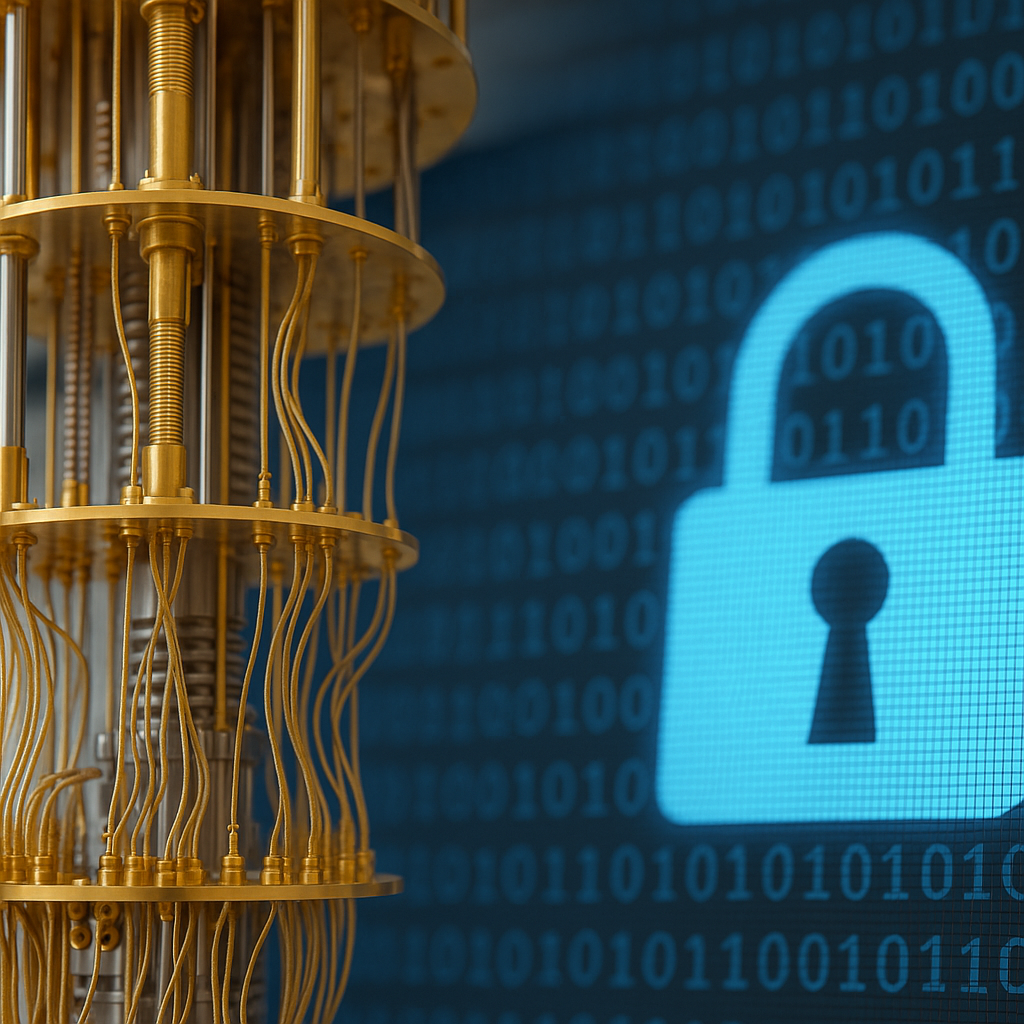A quantum computer with one million noisy qubits could potentially break RSA-2048 bit encryption in just one week, according to a recent study by Google Quantum AI. This represents a significant reduction of twenty times in the number of qubits compared to Google’s previous estimates, further accelerating concerns regarding the viability of current encryption standards.
Researchers Craig Gidney and Sophie Schmieg highlight that the findings compress the timeline for when existing encryption methods may become vulnerable, urging enterprises to intensify their adoption of post-quantum cryptography (PQC). They stated in a blog post that the advancement of large-scale quantum computers may likely threaten the security of many public key cryptographic algorithms.
The research emerges amidst rapid developments in quantum technology, revealing that three key breakthroughs — improved algorithms, better error correction techniques, and optimized quantum operations — have dramatically lowered the barrier for cryptographic threats. The team took advantage of a method for approximate modular exponentiation that significantly reduced operational overhead and also enhanced qubit density through layered error correction.
Experts, like Narayan Gokhale, VP & principal analyst at QKS Group, characterize these findings as a “wake-up call,” emphasizing the necessity for a measured response rather than panic. The urgency for organizations to start planning for the quantum threat is echoed by analysts who warn that as soon as 2029, quantum computing could significantly compromise asymmetric cryptography.
In light of these findings, security officials are advised to implement immediate protective measures. With encrypted communications facing “store now, decrypt later” risks, organizations are encouraged to adopt technologies like NIST-approved ML-KEM established by Google to secure web traffic and communication platforms. Nevertheless, experts caution that achieving true quantum resilience requires comprehensive operational planning, integrating cryptographic asset mapping with broader digital transformation efforts.
NIST’s guidance on deprecating vulnerable algorithms by 2030 reinforces that proactive migration planning is essential. As the landscape of potential quantum attacks evolves, security teams must prioritize cryptographic audits and engage technology vendors to ensure alignment with post-quantum strategies.

